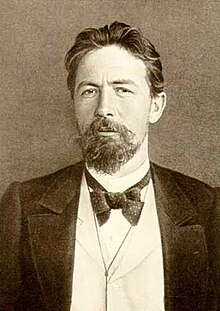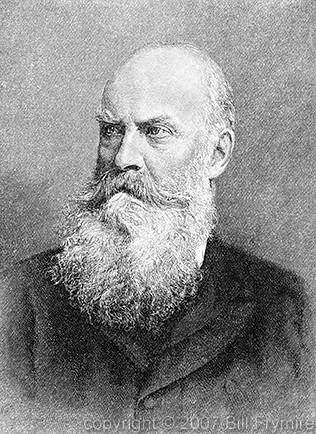As this unit draws to a close, I can definitely begin to see the shape of the “modern theatre”, as we would call it, begin to form before our very eyes. Both the nature and philosophy of theatre were beginning to change along with the eras and each era’s boom in technology. Gas tables became electric lighting boards... Romantic plays became Melodramas.... the American Musical Theatre was just beginning to come into its own form of theatre. Audiences and playwrights alike were shifting from proper plays structured by rules and Unities towards Idealistic plays that presented what life should be like. Paradigms continuously shifted over a very brief window in human history. The journey from Neoclassicism to Realism was brief but furious, as both theatre and theatre’s philosophy were challenged and reinvented.
I, for one, did not really know of Richard Wagner before last week, and now I know him to be of the utmost importance when it comes to the history of theatre. Wagner was basically the man who arranged for “modern theatre” to happen. His tendencies and traditions were passed from him onto the rest of the theatre world, and many of his beliefs are still in use to this day. One of the major forms of Modern Theatre that he gave us was that of “gesamtkunstwerk”, or “master art work”. This is the idea of the unified production, in which all production elements must be integrated into an organic whole. Before this point in time, the many elements of a production weren’t as cohesive as we may have believed them to be, and Wagner gave us the philosophy that would further solidify all the parts of theatre into one unified show. Even his tradition of completely darkening the house during performances was adopted by almost every theatre company today. I had just assumed this was always the tradition of theatre without ever questioning its source. As with many lessons on the history of theatre, it is always rewarding to learn where a certain aspect comes from, and this tradition is no different.
The final part of Unit 1 saw a definitive swing into full-on Realism with several authors to help usher it in to a new era. Henrik Ibsen, Anton Chekhov, and August Strindberg are just a few of the masters who influenced this new style, with Ibsen being declared the “Father of Realism”. With the form of Realism came another paradigmatic shift: showing life as it is, instead of how people thought it should be. These realistic plays would always include a “problem” in them, while remaining completely objective. Everything, down to the scenery and a character’s own psychology, had to be completely authentic and believable.
As the First Unit draws to a close, I can understand the evolution of the theatre more easily. It’s traditions and foundations are clearer and therefore make more sense to me, the more I learn about it. I can’t wait to learn more about the era of Realism and whatever lies beyond it.














.jpg/220px-Goethe_(Stieler_1828).jpg)
